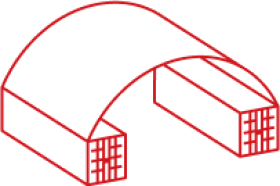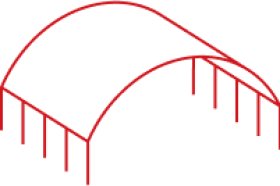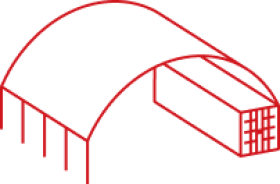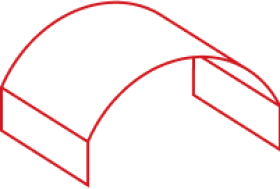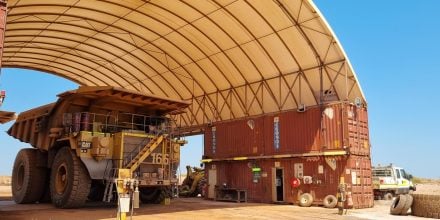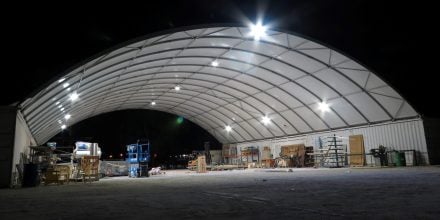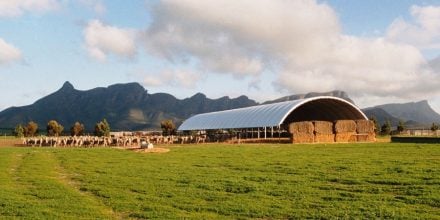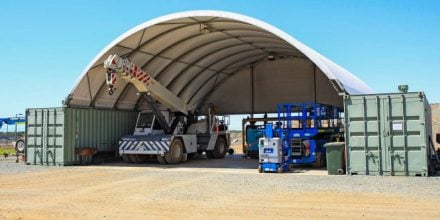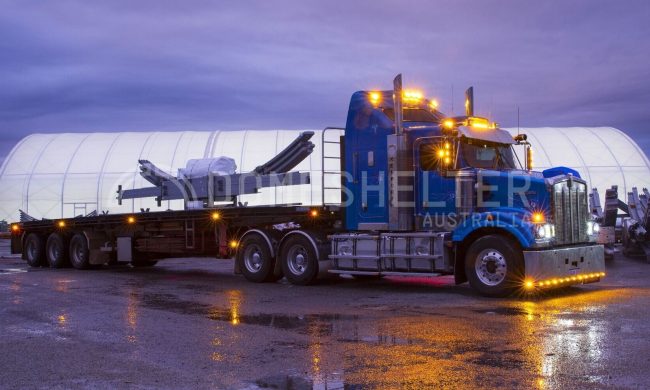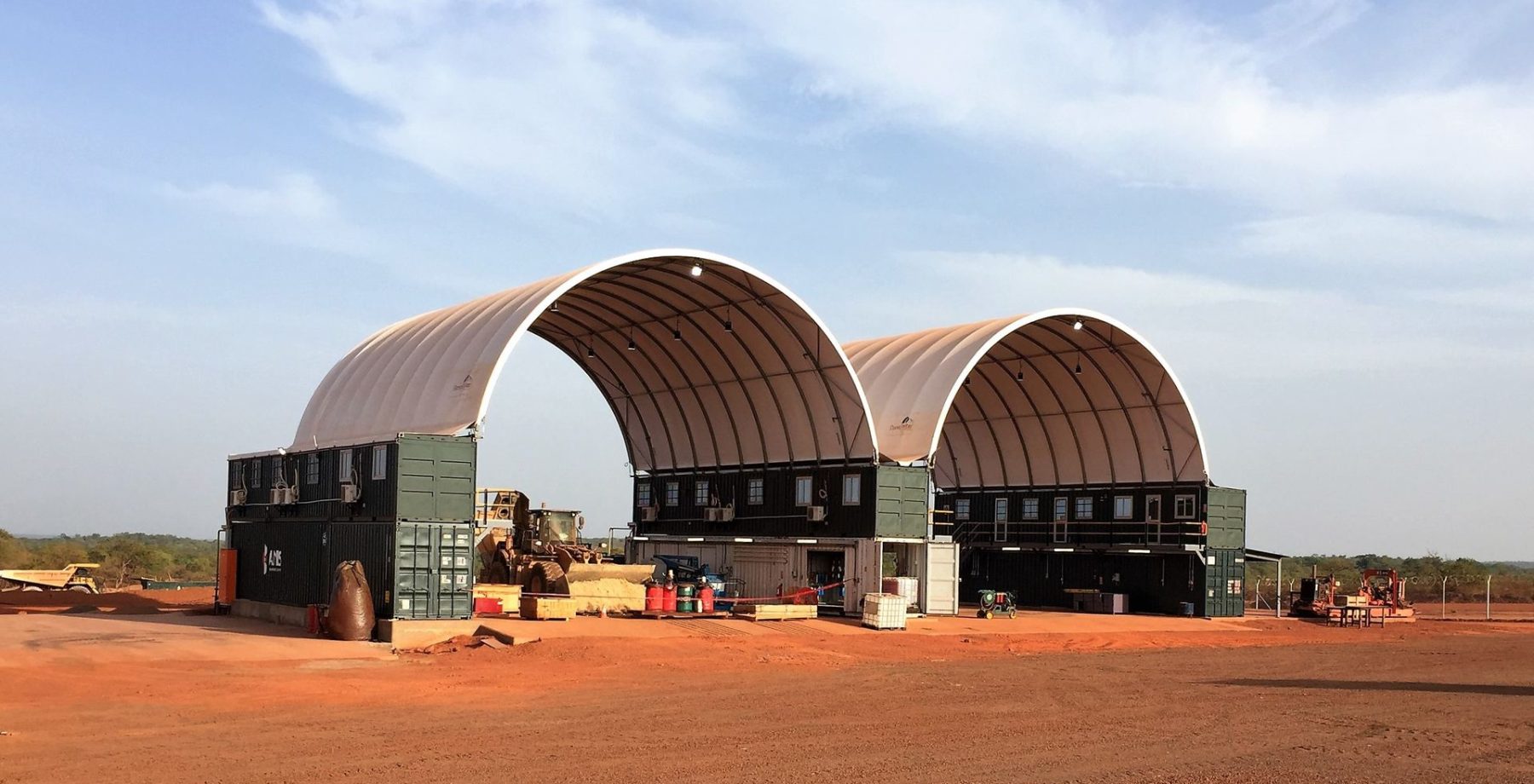
The Australian Wind Code specifies four main wind regions. When designing and manufacturing a DomeShelter™ Fabric Structure Building, the wind code is an important factor in ensuring the Structure is built in accordance with AS/NZS 1170.2:2011 (R2016)
DomeShelter Australia’s Fabric Structure Buildings can in fact be designed and engineered to withstand the highest category wind code D, which is severe cyclonic and most often associated with regions in Australia’s North West.
The Wind Code is summarised as follows:
| Design working Life 25yrs/Max avg height of 10m | ||||
| AUSTRALIA WIND REGION | ULTIMATE REGIONAL WIND SPEED (km/h) | IMPORTANCE LEVEL | TERRAIN CATEGORY | DESIGN WIND SPEED (km/h) |
| Region A | 162 | 1 | 2 | 148 |
| 2 | 2 | 155 | ||
| Region B | 205 | 1 | 2 | 164 |
| 2 | 2 | 178 | ||
| Region C | 248 | 1 | 2 | 202 |
| 2 | 2 | 219 | ||
| Region D | 316 | 1 | 2 | 250 |
| 2 | 2 | 273 | ||
* Terrain Category 2 is open terrain with few trees, surrounding buildings
* Region C – Cyclonic
* Region D – Severe Cyclonic
*Ultimate wind speeds as outlined in Australia New Zealand AS/NZS 1170.2:2011 (R2016) Structural design actions – Wind actions.
*Design Wind Speed is calculated using specific Design Criteria (Terrain Category, Importance Level etc) related your site requirements. An example is: Wind Region Reg B, Importance level 1, Terrain Category 2, Design working life of 25years and maximum average height of 10m = Design Wind Speed 164km/h
What then is meant by Terrain Category?
Terrain Category is a measure of the wind-breaking effect of the terrain surrounding your building site. The more your Fabric Structure site is surrounded by trees, other buildings, etc. the less exposed it is to the full force of the wind.
Terrain is broken into three main categories.
Terrain Category 1
Requires strongest DomeShelter™ Structure
- This condition is rare. Exposed open terrain with few or no obstructions.
- It is for isolated Fabric Covered Structures in flat, treeless, poorly grassed areas of at least 10km width.
- Requires the strongest Fabric Shelter
Terrain Category 2
Most common rural
- Open terrain, grassland with few, well-scattered obstructions having heights generally from 1.5 m to 10 m.
- This is the most common terrain category for rural sites.
Terrain Category 3
Requires least Structural strength
- Terrain with numerous closely spaced obstructions 3 m to 5 m high.
- This is the most common terrain category in suburban and wooded areas.
- This will produce the least expensive Fabric Building.
All quotes for Fabric Structures should take the wind code and terrain category into account, no matter the geographic location.
DomeShelter Australia is well experienced in designing and manufacturing a Fabric Structure Building for all wind code areas of Australia. Our Shelters have been delivered to the remotest sites in Australia and exported to 28 countries throughout the world, all of which account for local wind conditions.
For further details on Wind Regions see also Wind Regions of Australia.
